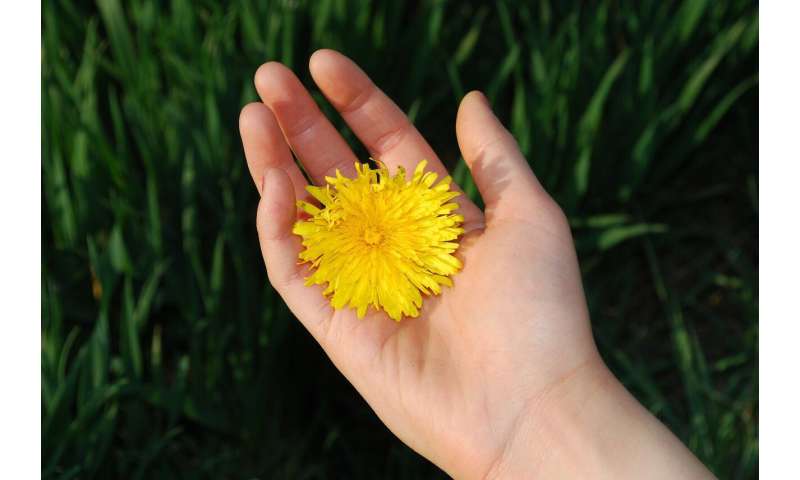
Freezing and storing embryos during fertility treatment using a technique called vitrification is safe, although women are less likely to become pregnant and have a live birth the longer the embryos are stored, according to new research published today (Wednesday) in Human Reproduction, one of the world’s leading reproductive medicine journals.
There have been concerns that vitrification technology could be unsafe for the embryo, leading to complications at the time of birth and later, including preterm birth, low or high birthweight and birth defects.
Until now, it was also unclear whether storage time after vitrification affected embryo viability, pregnancy outcomes or neonatal outcomes. The study, which is the largest to investigate these questions, found that the chances of becoming pregnant and giving birth to a live baby significantly decreased with longer storage time.
The researchers from the Shanghai Ninth People’s Hospital (Shanghai, China) analyzed outcomes from 24,698 patients who had vitrified embryos transferred for the first time between January 2011 and December 2017.
They compared patients who had vitrified embryos stored for up to three months (group one) with patients whose embryos were stored for 3-6 months (group two), 6-12 months (group three) and 12-24 months (group four). They found that the implantation rate fell from 40% in group one to 26% in group four; the clinical pregnancy rate fell from 56% in group one to 26% in group four; and the live birth rate fell from 47% in group one to 26% in group four.
This means that among women who had embryos stored for less than three months, 47 out every 100 women would achieve a live birth. Whereas among women who had embryos stored for between 12-24 months, 34 out of every 100 women would achieve a live birth.
The rate of miscarriages and ectopic pregnancies also increased with longer storage time. However, these associations were not statistically significant after taking into account factors that could affect the results such as the mother’s age, mother’s body mass index, the cause of infertility, parity and embryo quality and stage of development. There was no evidence that storage time affected neonatal outcomes.
Groups three and four had a greater proportion of older women or patients with a poor prognosis due to smaller numbers of available eggs than groups one and two; so the researchers carried out a second analysis to investigate whether it could be the women’s ages and the amount of viable eggs they had in their ovaries at the time of vitrification and embryo transfer that led to the lower pregnancy and birth rates.
They analyzed a subset of 7,270 women who were younger than 36 years and whose infertility was caused by blocked or damaged fallopian tubes. This produced similar results; there was a 50% live birth rate among women in group one, compared to a 38% live birth rate in group four.
Dr. Qianqian Zhu is a research assistant who led the study. She said: “We think the results from this sub-analysis support our main results about the relationship between the duration of storage with pregnancy and neonatal outcomes.”
Co-author, Professor Qifeng Lyu is deputy director of the department of assisted reproduction at the hospital. He said: “Our study suggests that although the storage time of vitrified embryos negatively affected pregnancy outcomes, including clinical pregnancy and live birth rates, it did not affect neonatal outcomes. Concerns have arisen over the safety of prolonged storage time of vitrified embryos worldwide following the wide application of vitrification, and neonatal health is related to growth, development and health in childhood, adolescence and adulthood. Our study demonstrated the safety of using long-stored embryos after vitrification on neonatal health.
“This is reassuring news for couples seeking fertility treatment. The reduction in live birth rates can be overcome through additional embryo transfer cycles. If we had found that neonatal health was adversely affected by vitrification, it would impose a heavy burden on individuals, family and society.”
The study is unable to show the effect of storing embryos for longer than 24 months, and the researchers did not undertake long-term follow-up of babies, so do not have information about their growth and development. As the study was retrospective, the researchers say that prospective studies with long-term follow-up are needed to investigate the safety of vitrification for longer periods of time.
Dr. Zhu said: “Our results suggest that clinicians should consider the effect of storage duration before making decisions about the numbers of embryos to freeze and store. This is especially important for cancer patients, who may have their ovaries destroyed by cancer therapies and who have to delay fertility treatment until they have recovered from their disease.”
Source: Read Full Article